Vascular compression disorders are numerous and can be divided into those cases where a vascular structure is the "compress-er" or the "compress-ee" . Some conditions fall into both categories, where one vessel compresses another.
Compression of a vascular structure
adductor canal syndrome: compression of the superficial femoral artery (SFA) in the adductor canal
anomalous/"malignant" origin of coronary artery: coursing between the ascending aorta and pulmonary trunk, with risk of sudden death
hypothenar hammer syndrome: compression and damage to the ulnar artery by the hypothenar muscles usually in tradesmen who use their palms as hammers
May-Thurner syndrome: compression of the left common iliac vein (CIV) by the overlying right common iliac artery
median arcuate ligament syndrome: compression of celiac artery by the median arcuate ligament of the diaphragm
nutcracker syndrome: compression of the left renal vein by the superior mesenteric artery
Paget-Schroetter syndrome: compression of subclavian vein (with resultant thrombosis) in the costoclavicular space
popliteal artery entrapment syndrome: compression of popliteal artery by medial head of gastrocnemius or less commonly popliteus
posterior nutcracker syndrome: rare anomaly which results from compression of the left renal vein as it passes posterior to the abdominal aorta
styloidogenic jugular venous compression syndrome: a subtype of Eagle syndrome
thoracic outlet syndrome (arterial compression)
Compression by a vascular structure
-
cranial nerve neurovascular compression syndromes:
other cranial nerves less commonly
see also: dolichoectasia
-
superior mesenteric artery compression disorders
nutcracker syndrome: compression of the left renal vein by the SMA
SMA syndrome: compression of the third part of the duodenum by the SMA
May-Thurner syndrome: compression of the left common iliac vein (CIV) by the overlying right common iliac artery
ovarian vein syndrome: compression of the ureters (usually the right) by a dilated ovarian vein
-
vascular rings:
double aortic arch: compresses anterior aspect of the trachea and posterior aspect of the esophagus
left arch with aberrant right subclavian artery: compresses posterior aspect of the esophagus, may cause dysphagia lusoria
right arch with aberrant left subclavian artery: compresses posterior aspect of the esophagus
pulmonary sling: compresses posterior aspect of the trachea and anterior aspect of the esophagus
-
innominate artery compression syndrome
tracheal compression by the brachiocephalic artery occurring in children


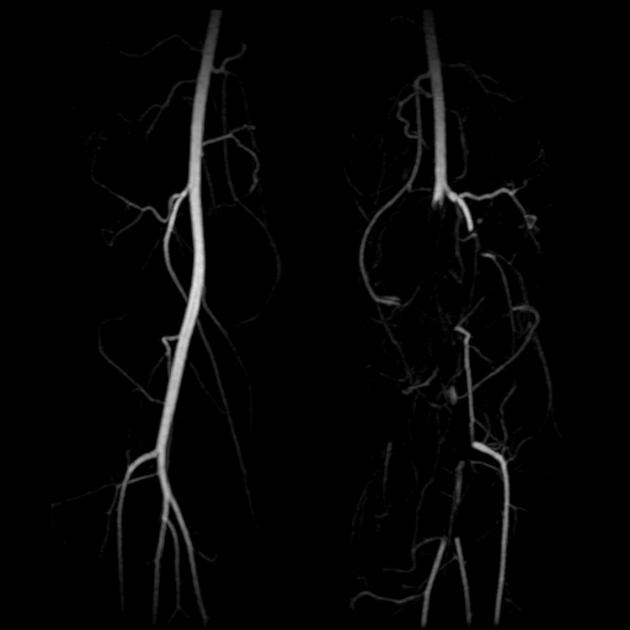
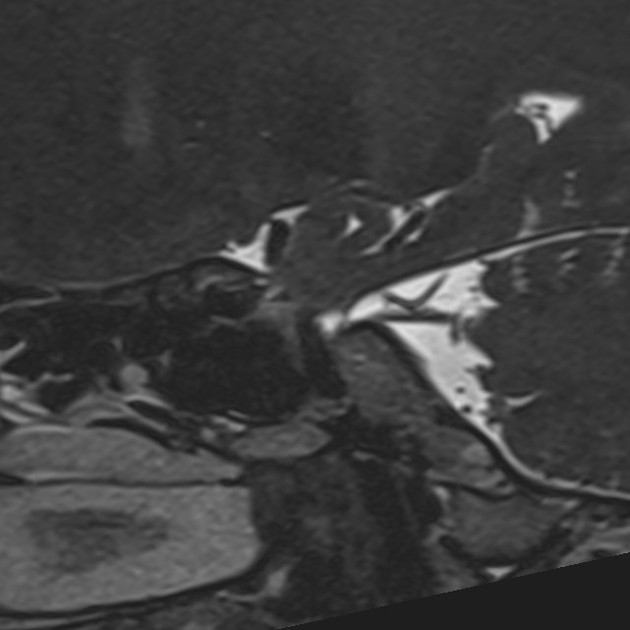
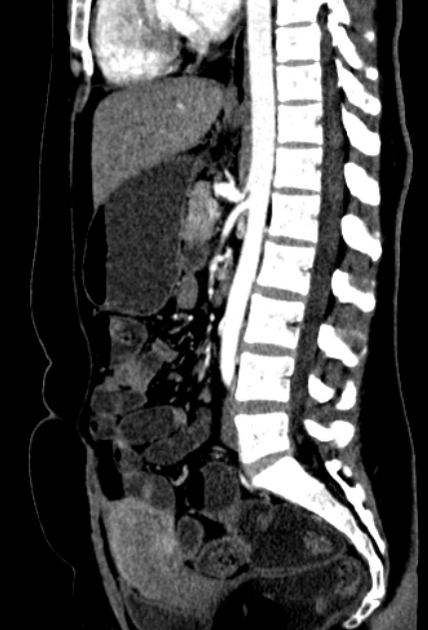
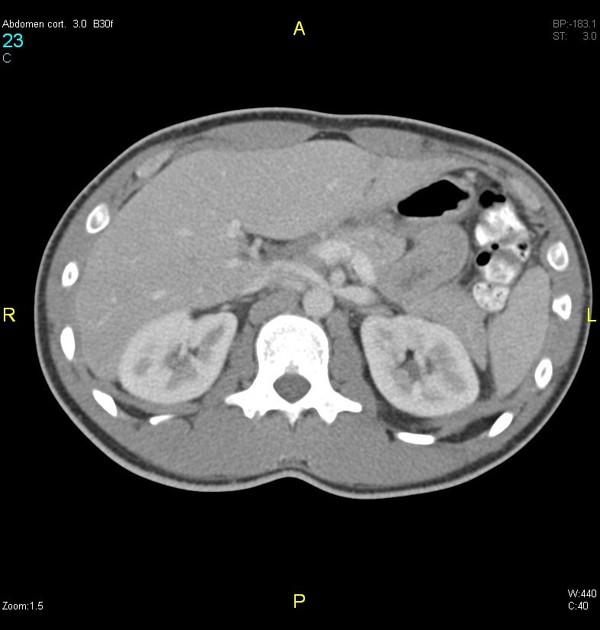
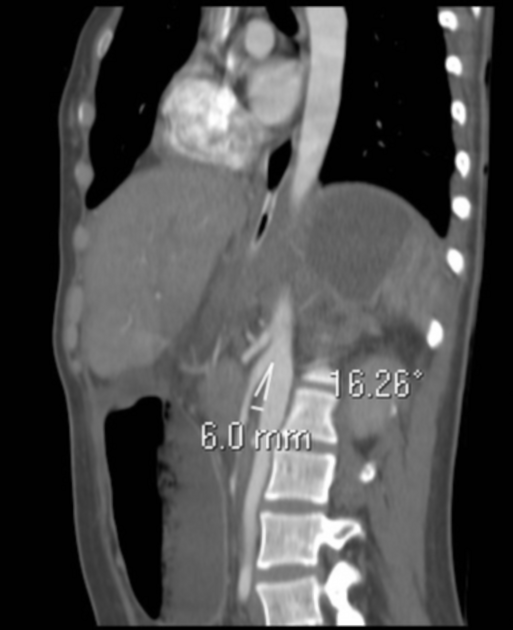


 Unable to process the form. Check for errors and try again.
Unable to process the form. Check for errors and try again.